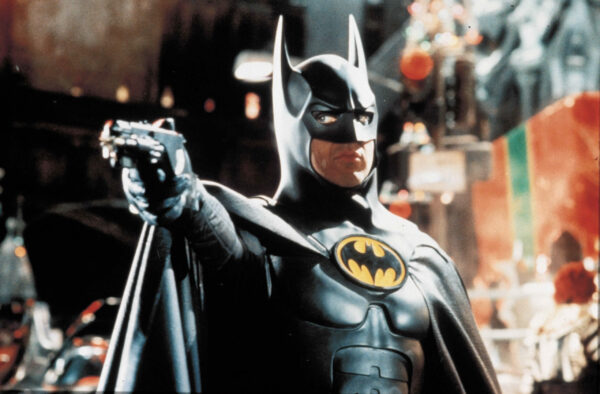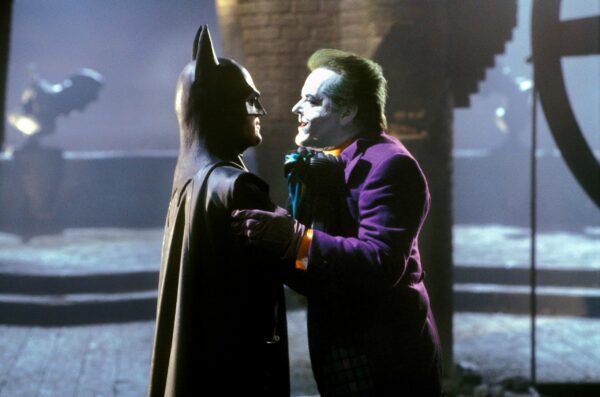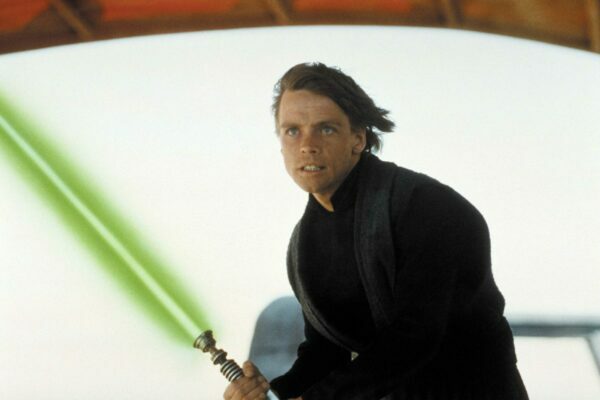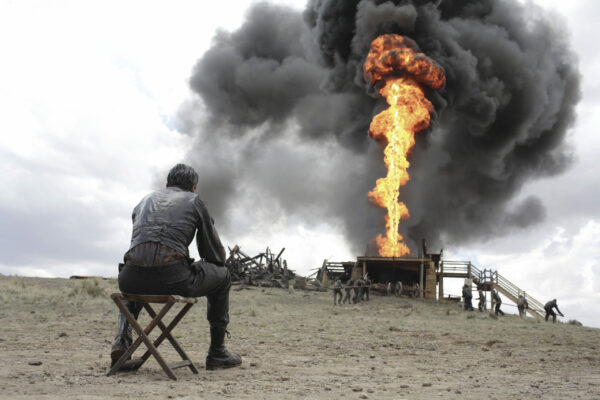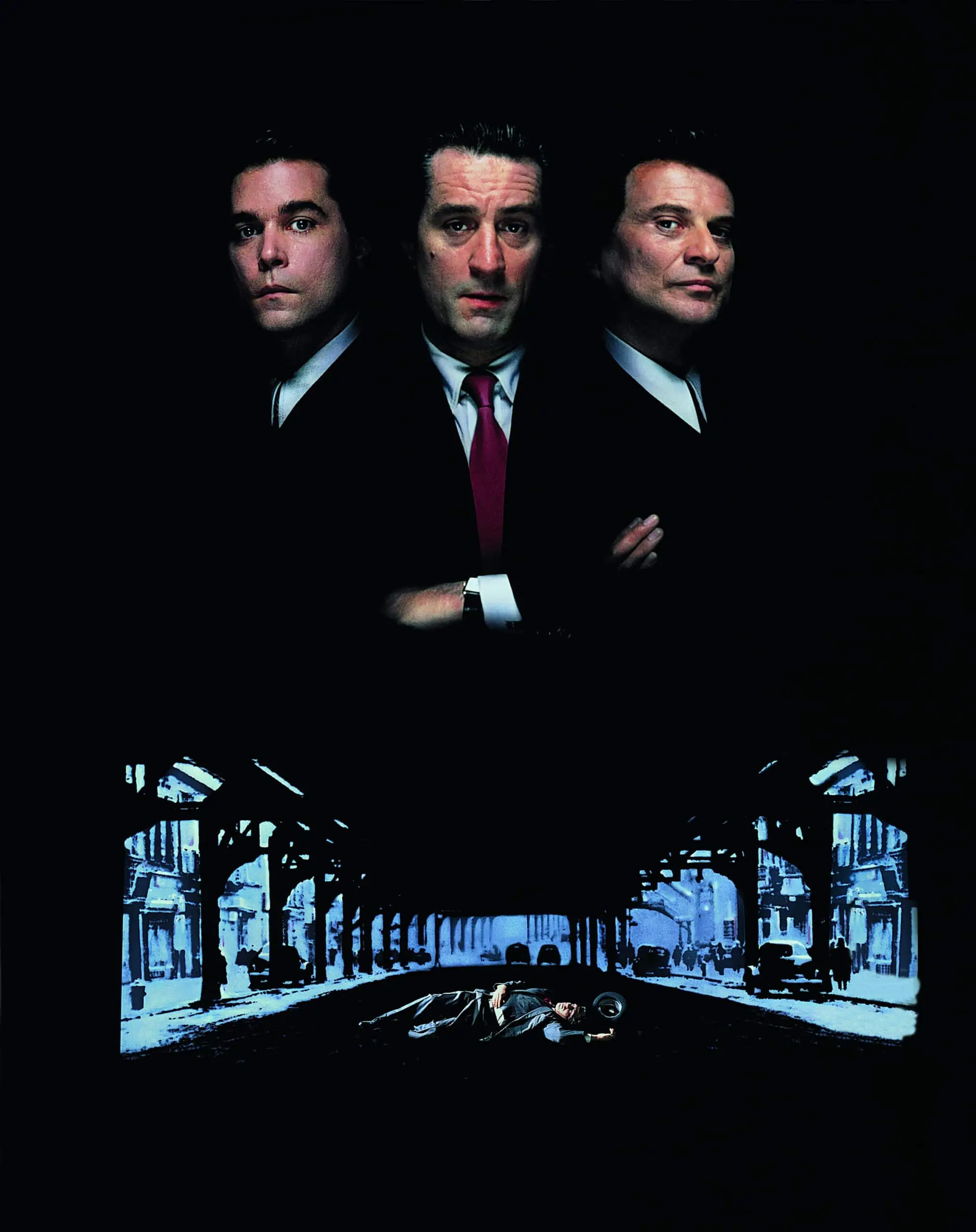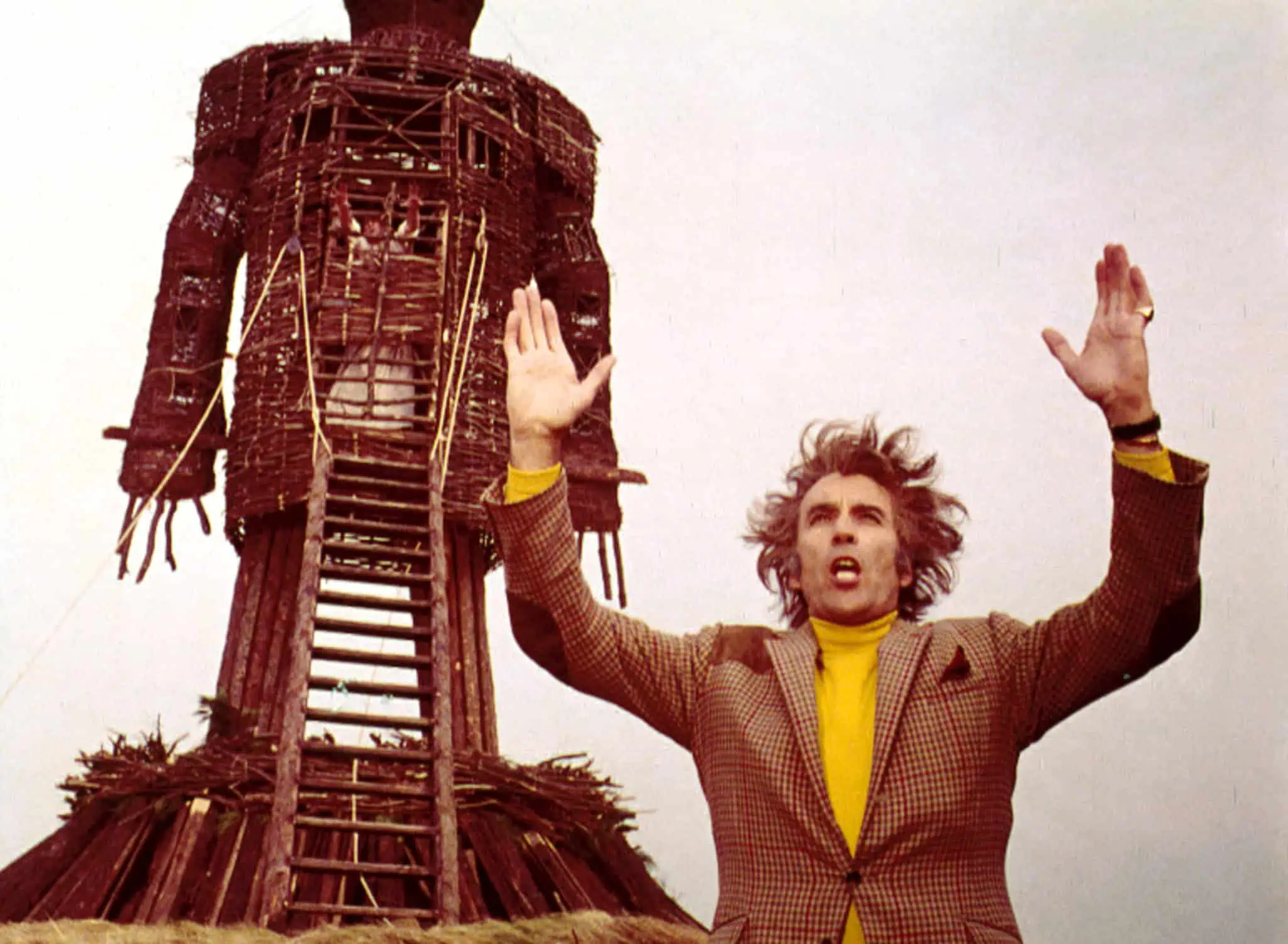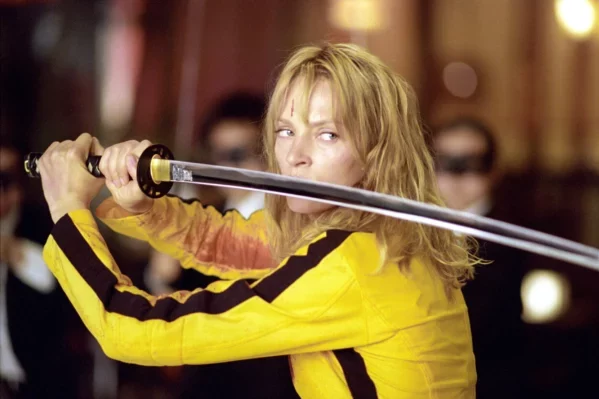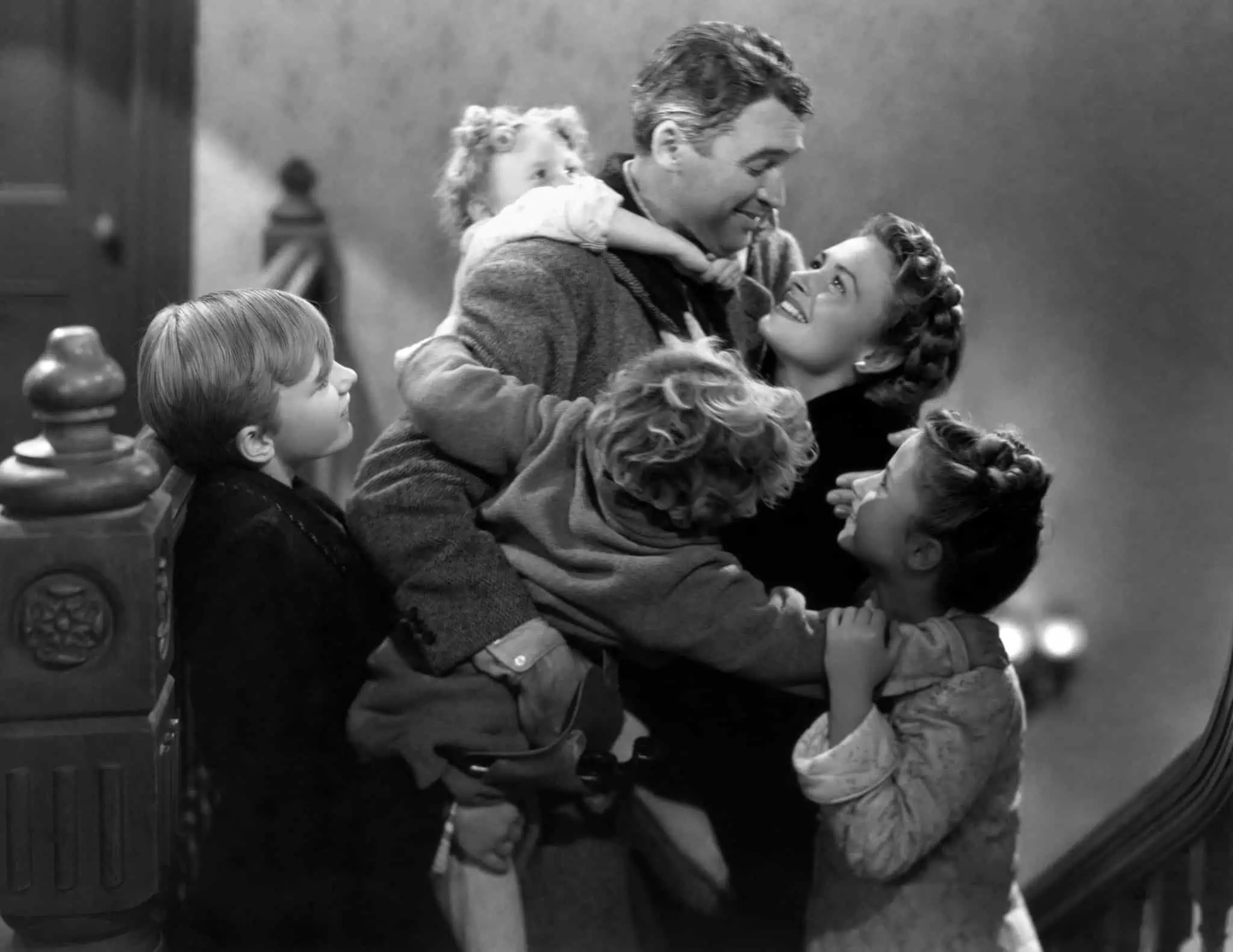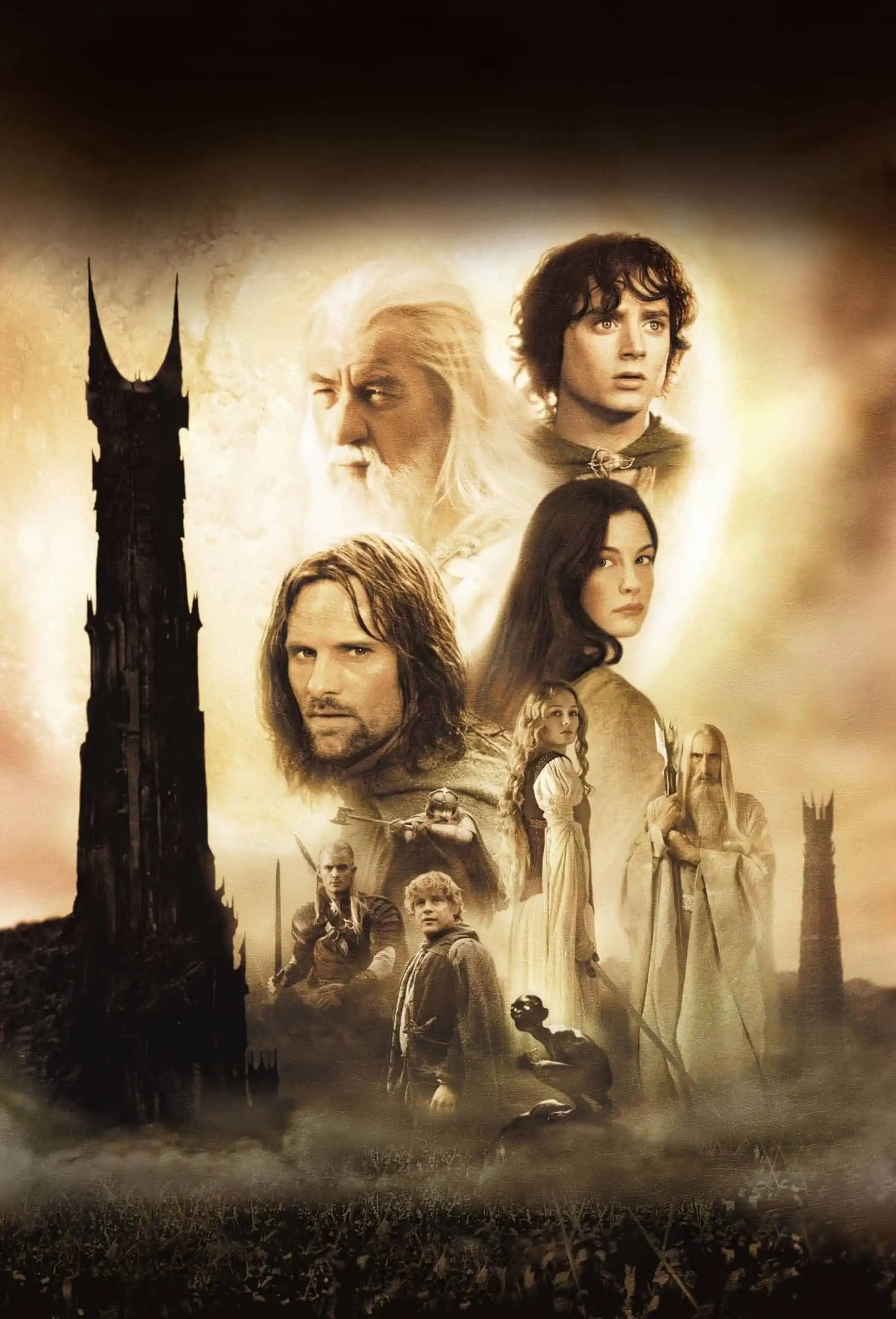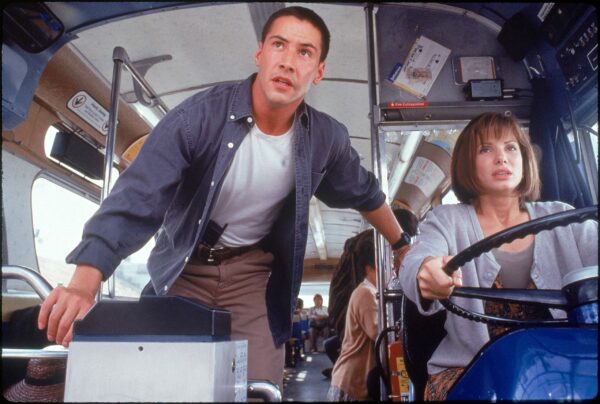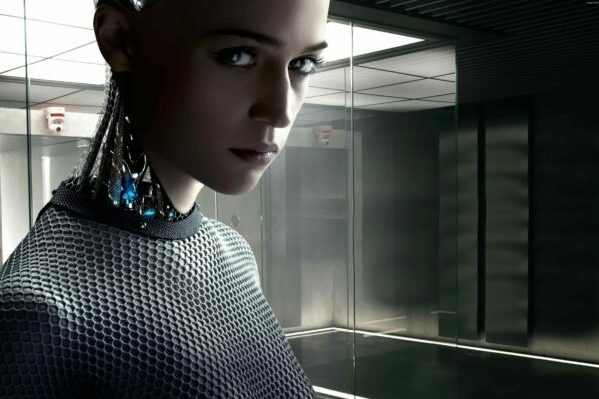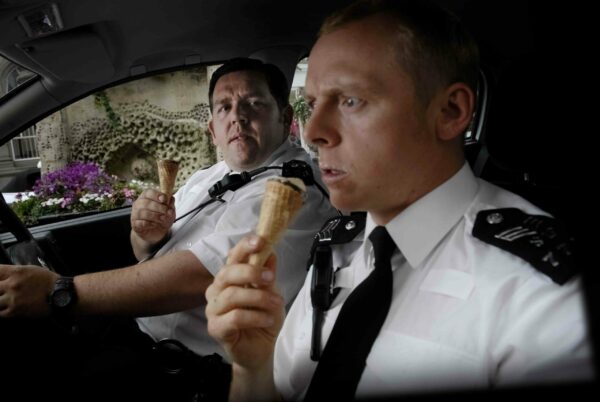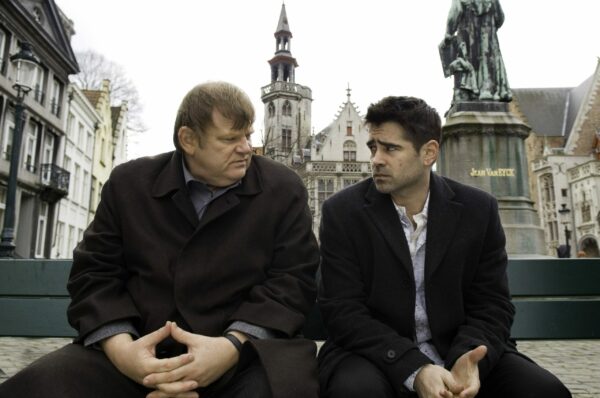
Our Top 10 rundown of the greatest movie moments of all time – from great scenes, through brilliant one-liners, to pure movie magic. For more great video content and Top 10 movie lists, subscribe to our YouTube channel.
A great movie can be broken into acts, sequences, scenes, and, ultimately, moments. Whether it’s a plot twist, an iconic image, an unforgettable feeling, or a memorable line of dialogue, we’ve covered every decade and genre to bring you the ten greatest movie moments of all time. For more great video content and Top 10 movie lists, subscribe to our YouTube channel.
Subscribe to our YouTube channel
10. The Edit
What is it?
One of the most crucial stages of the filmmaking process is the edit. Some transitions are hardly noticeable, while others alter movie history, and that’s what we’re looking at for our tenth position.
Classic examples:
Dorothy’s entrance into a world of technicolour changed movies forever in The Wizard of Oz (1939). The Silence of the Lambs (1991 ) used cross-cutting and the Kuleshov Effect to create the most imitated fake-out in movies. And Lawrence of Arabia (1962) progresses the narrative by cutting between the small and epic to breathtaking effect.
Our winner:
David Lean and Lawrence of Arabia might easily have been our winner but, for our editing pick, we’ve gone for another iconic director and another epic film. From Stanley Kubrick it’s the astonishing match cut in 2001: A Space Odyssey (1968).
One of the most ambitious movies ever made, 2001 chronicles the evolution of humanity, from the dawn of mankind, through spacefaring civilization, to omnipotent star-child. Such a sweeping narrative requires imaginative editing and Kubrick and his editor, Ray Lovejoy, came up with the most creative of them all. Having just conceived of and invented tools and weapons, an ape tosses a bone into the air and, in the most iconic match cut of all time, Kubrick transitions to an earth-orbiting satellite.
Covering 3 million years in the blink of an eye, it’s a moment of storytelling genius and, in our eyes, the greatest editing moment of them all.
9. Character reveal
What is it?
Next up, we’re looking at the character reveal. First impressions in a movie can make or break a character and, throughout history, filmmakers have sought new and interesting ways to introduce characters to their audience.
Classic examples:
Ursula Andress’ emerging from the sea in Dr No (1962) is possibly the most iconic image in the James Bond series. Indiana Jones’ stepping out of the shadows is one brilliant shot of many in the opening to Raiders of the Lost Ark (1981). And Harry Lime’s dutch angled appearance in The Third Man (1949) is maybe the most striking reveal in movies.
Our winner:
This time, however, we are going with David Lean. It’s Sherif Ali’s mesmerising mirage entrance in Lawrence of Arabia (1962).
Lawrence and his Bedouin guide have found reprieve from the heat of the Syrian desert in the form of a remote well when, emerging from the distant heatwave, Lawrence spots a figure approaching on horseback.
Inching closer shot-by-shot, Ali’s entrance creates agonising tension as we wait to see if the black-clad rider is friend or foe, broken when Ali pulls out a gun and kills Lawrence’s guide.
In a brief, near wordless moment, Lean gives us one of the most breathtaking sights in a stunning film, reveals the character of Ali, and develops the complex conflict in which Lawrence finds himself caught. Three minutes, barely a word spoken, and unforgettable movie history.
8. Movie Magic
What is it?
For our 8th slot, we’re discussing movie magic. Whether a flash of technical innovation, a burst of musical brilliance or storytelling genius, these are moments that evoke feelings of awe in an audience, and are responsible for some of the most unforgettable moments in movies.
Classic examples:
Tom Hanks’ dancing piano performance of chopsticks in Big (1988) is drenched in nostalgia and childhood memories). Gene Kelly tap-danced his way to one of the most iconic moments in musicals in Singin’ In The Rain (1952). And Luke Skywalker destroyed the Death Star and transformed blockbuster movies forever in Star Wars (1977).
Our winner:
Our pick, though, is a magical moment from a magical movie maker. From Steven Spielberg, it’s the flying bike ride scene from E.T. the Extra-Terrestrial (1982).
Acclaimed as one of the greatest family films of all time, ET is packed full of magical movie moments, from heartwarming hellos to heartfelt goodbyes, but there is one standout.
Having just rescued E.T. from the U.S. Government, Elliot and his friends are riding for their lives, pursued by the authorities. With no place to go, E.T. uses telekinesis to lift the bikes into the air, over the bad guys, and away to safety. The soaring score is one of the most cherished of composer John Williams, the cinematography is some of the most iconic ever filmed and the moment is heart-swelling, fist-pumping storytelling at its best. Classic 80s filmmaking, classic Spielberg, and pure movie magic.
7. Final moment
What is it?
Any filmmaker strives to deliver a satisfying finale to their movie and, when carried out effectively, the most memorable moment can be a film’s final few seconds. So that’s what we’re looking at for number 7 in our list.
Classic examples:
The Italian Job (1969) ends with the most famous literal cliffhanger in movie history. Shane (1953) delivers an ambiguous emotional ending as our wounded hero rides into the sunset. And Butch Cassidy and the Sundance Kid (1969)’s iconic freeze frame is one of the most famous final shots in Hollywood.
Our winner:
For our selection, though, we’re with one of the greatest writer-directors and possibly his most famous work. It’s Billy Wilder, nobody’s perfect in Some Like It Hot (1959).
Having witnessed a gangland shooting, Daphne and Josephine are on the run from the mafia and, having spent the entire movie masquerading as part of an all-female jazz band, Daphne finds herself on the boat of Osgood Fielding III, a millionaire who has fallen hopelessly in love and is determined to marry her.
Wilder later stated that when he wrote the screenplay with collaborator I.A.L. Diamond, the final line was originally intended as a placeholder until they came up with something better but…
With Daphne realising things have gone too far, she runs through a long list of reasons why she isn’t a good match for Osgood. He’s having none of it though and, in the most brilliantly simple of final exchanges, Wilder gives us comedy at its best, a real life message that love can transcend any obstacle, and the greatest final moment in movies.
6. Monologue
What is it?
At number 6, we’re turning our attention to dialogue. Monologues have the power to share a character’s feelings and experiences, enable an audience to genuinely connect, and have provided some of the greatest moments in films.
Classic examples:
Quint’s tale of the USS Indianapolis in Jaws (1975) is one of the greatest ever reveals of character backstory. Marlon Brando delivered an acting tour de force and heartbreaking monologue in On The Waterfront (1954). And Peter Finch’s cry of the powerless against the powerful won him a posthumous Oscar in Network (1976).
Our winner:
All iconic moments but, for our selection, we’re looking at a dystopian science fiction classic. It’s the Tears In Rain speech from Blade Runner (1982).
Having been hunted by replicant-retiring Rick Deckard for the duration of the movie, and won a final showdown on a rain-drenched rooftop, artificial person Roy Batty saves Deckard’s life then – resigned to his fate – sits down to expire, but not before delivering some of the most astonishing final words ever filmed.
Written by David Peoples and modified and performed by Rutger Hauer, Batty’s speech gently evokes the heartbreak of a life lived too short and, by drawing attention to the replicant’s familiar characteristics, makes us question what it means to be human.
An extraordinary use of dialogue, a stunning acting performance, and, for us, the greatest monologue of them all.
5. Emotional/sentimental
What is it?
Filmmakers set out to entertain audiences and, ultimately, make us feel something positive or negative. This can come together in one visceral point , and it’s that emotional moment we’re looking at for our 5th position.
Classic examples:
French refugees singing La Marseillaise and drowning out their Nazi occupiers is the most powerful of many iconic moments in Casablanca (1942). A group of defeated slaves band together and forfeit their lives for their leader, in Spartacus (1960). And the Cooler King’s fateful fence jump in The Great Escape (1963) is the most iconic motorcycle moment in movies.
Our winner:
When it comes to emotion in movies though, there’s a clear choice for us. We’re heading to a Christmas classic for the final moments of It’s A Wonderful Life (1946).
Having faced bankruptcy and prison – and contemplated suicide – George Bailey is visited by his guardian angel, Clarence, who shows him how he has impacted the lives of those he loves. George returns home and, in a moment of joyous Christmas cheer, finds the townsfolk of Bedford Falls have shown up to lift him and his family out of trouble.
A message that our actions can make a tremendous impact on one person, the ending of It’s A Wonderful Life is a simple reminder that what we do matters, the ultimate showcase of how a single person can leave a mark through kindness, and the most powerful emotional moment in movies.
4. Shock factor
What is it?
Onto number 4 in our countdown, and we’re looking at one of the most dramatic of movie moments – the shock factor. This is when filmmakers – via a a sudden and unexpected turn of events – create an explosion of visceral and unforgettable horror in their audience.
Classic examples:
The Corleones sent a violent message via a bedroom and a horse’s head in The Godfather (1972). Dr Strangelove (1964) ends with a literal bang and the classic image of a cowboy pilot riding an atomic bomb. And Alfred Hitchcock delivered one of the most terrifying moments in movies with the famous shower scene in Psycho (1960).
Our winner:
Psycho could have easily been our winner but, for our favourite shocking moment, we’re heading to science fiction horror. It’s the chestburster scene in … Alien (1979).
Having been attacked by a parasitic facehugger on an alien planet, Nostromo executive officer Kane joins the rest of the crew in the mess hall for dinner. Via some ominous glances from suspicious android Ash, director Ridley Scott lets us know something isn’t quite right, but it’s only on a repeat viewing that we realise what the facehugger was actually up to. Mid-mouthful, Kane starts to convulse and throws himself, writhing in agony, onto the table. His crewmates can only watch in horror as an alien creature graphically bursts its way out of Kane’s chest and scurries away.
Scott deliberately undersold the moment to the cast, who didn’t realise how much blood would be involved, and their pure and realistic reactions add to the scene to help create the most shocking moment in movies.
3. Line of dialogue
What is it?
We’ve discussed the monologue and, for number 3 on our list, we’re returning to dialogue to talk about the one-liner. Providers of humour, depth, emotion, and character, the single sentence is sometimes so iconic, it becomes as famous as the movie it features in.
Classic examples:
Robert De Niro improvised one of the most famous one-liners, in Taxi Driver (1976). Chief Brody followed our first view of the great white shark with the most quoted line from Jaws (1975). And an unexpected taxi cab allowed Dustin Hoffman to ad-lib brilliantly in Midnight Cowboy (1969).
Our winner:
The Jazz Singer is the most historic but for our favourite one liner moment, we’re back with the horror genre and back with Stanley Kubrick. “Here’s Johnny…” it’s The Shining (1980).
After taking his family to the Overlook Hotel in the off-season to finish his novel, writer Jack Torrance succumbs to solitude, alcoholism and a meddling ghost, resulting in his loss of sanity, chopping down of a bathroom door, and delivery of a truly memorable line.
One of the most famous and repeated lines in Hollywood history, Jack Nicholson borrowed it from popular U.S. talk show host Johnny Carson, who would be introduced each week with the same catchphrase.
Nicholson’s unhinged acting and Shelley Duvall’s on the edge performance enhance the scene greatly, with the feeling of tension and terror condensed into one single moment. Excellent ad-libbing, terrifying line delivery, and one of the greatest moments in movie history.
2. Plot twist
What is it?
Into the top 2 now, and we’re looking at the plot twist. A revealing moment of great surprise or shock, a twist can make or break a movie, and they’ve provided some of the most talked about moments in films.
Classic examples:
An iconic U.S. landmark reveals the annihilation of humanity in Planet of the Apes (1968). M. Night Shyamalan built a career on plot twists after the stunning reveal in The Sixth Sense (1999). And the burning effigy twist of The Wicker Man (1973) is the most iconic in horror.
Our winner:
For our pick, though, we’ve gone for the most famous plot twist of them all. It’s the “I am your father” moment from The Empire Strikes Back.
Having spent almost two movies preparing to be a Jedi, Luke Skywalker abandons his training to rescue his friends and lightsaber duel Darth Vader. Coming off a distant second-best, Skywalker loses the fight, then his hand, before Vader blows open Luke’s whole worldview with one iconic sentence.
In an effort to prevent known blabbermouth David Prowse from spoiling the twist, he was given a line about Obi-Wan killing Luke’s father, where Mark Hamill was responding to the one we hear in the film.
The result is a moment that stunned audiences in 1980, and is the greatest plot twist in history.
1. Moment of realisation
What is it?
Here we are, we’re at number 1 and, for the top spot in our rundown, we’re looking at the Moment of realisation. When well executed, a character’s revelation of what they know can have an enormous impact on a movie, and is responsible for some of the most powerful moments in cinema.
Classic examples:
An English gesture in a German bar leads to all hell breaking loose in Inglourious Basterds (2009). The opening of a box leads to heartbreak, wrath and vengeance in Seven (1995). And Raquel Welch, a bible and a rock hammer combine to pull the wool over Warden Norton’s eyes in The Shawshank Redemption (1994).
Our winner:
Our winner, though, comes from a genre we’ve not touched as yet. We’re in gangland New York with Francis Ford Coppola for “I know it was you, Fredo” in The Godfather Part II (1974).
After narrowly escaping an assassination attempt by gangland rival Hyman Roth, Michael Corleone is devastated to learn that his older brother, Fredo, was involved in the plot. At a New Year’s Eve party, Michael clutches his brother’s head in both hands, stares into his eyes, and kisses him on the mouth.
Reflecting Jesus’ betrayal by Judas, and encapsulating several categories on our list, the scene is a dramatic reveal, an unexpected plot twist and includes one of the great lines of cinema. That it also conveys themes around love and violence and represents the struggle within Michael that rages over his soul elevates it to an artistic level rarely reached in movies.
The Godfather saga’s pivotal scene, a powerhouse of emotion and, for us, the greatest movie moment of all time.
So what do you think? Do you agree with our list of greatest movie moments, or think we’ve missed out some better choices? Let us know in the YouTube comments and subscribe for more All The Right Movies videos.
You may also like...
The beginning of a beautiful friendship
Stay up-to-date with all things All The Right Movies by signing up for our e-newsletter.


